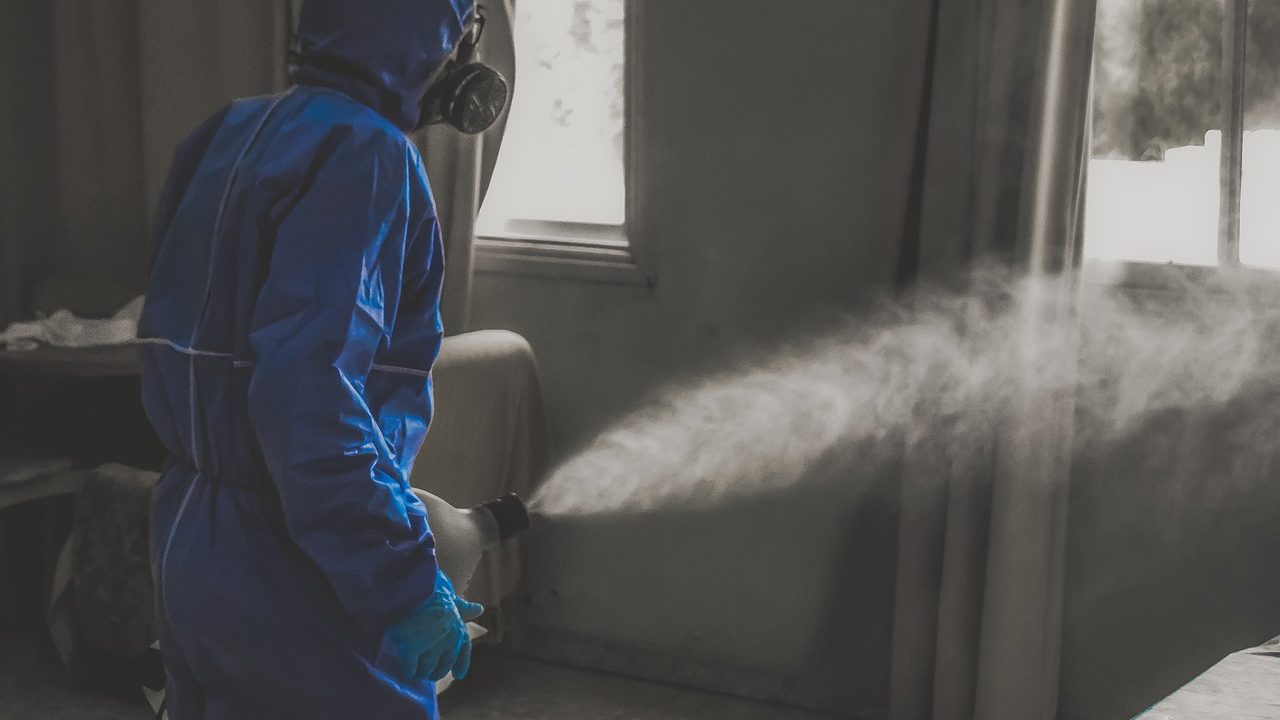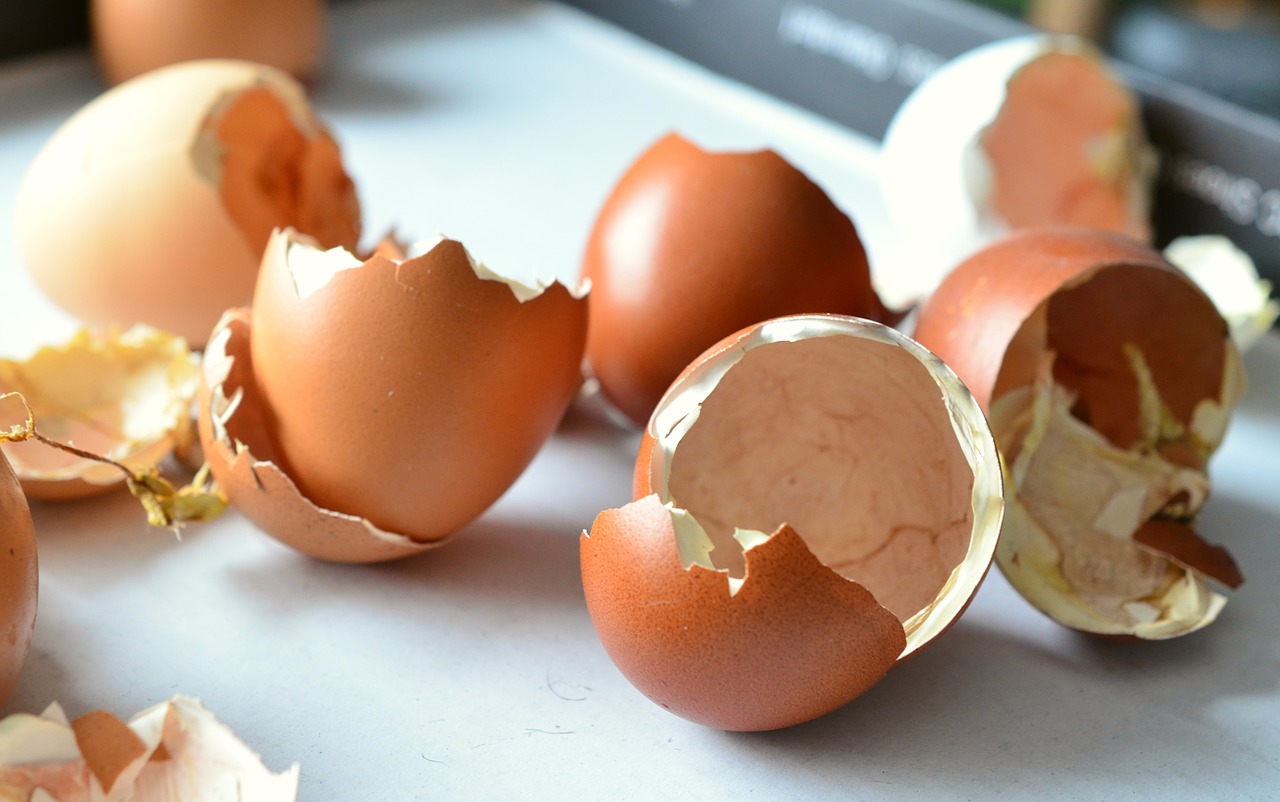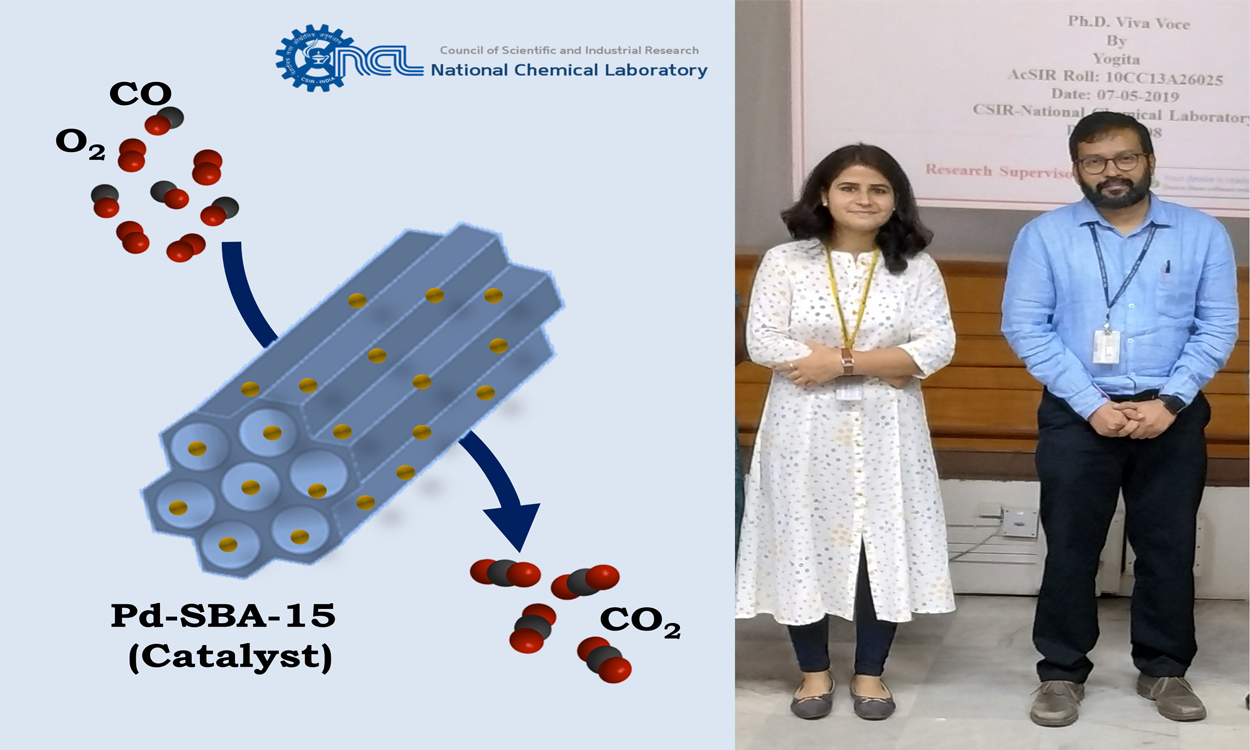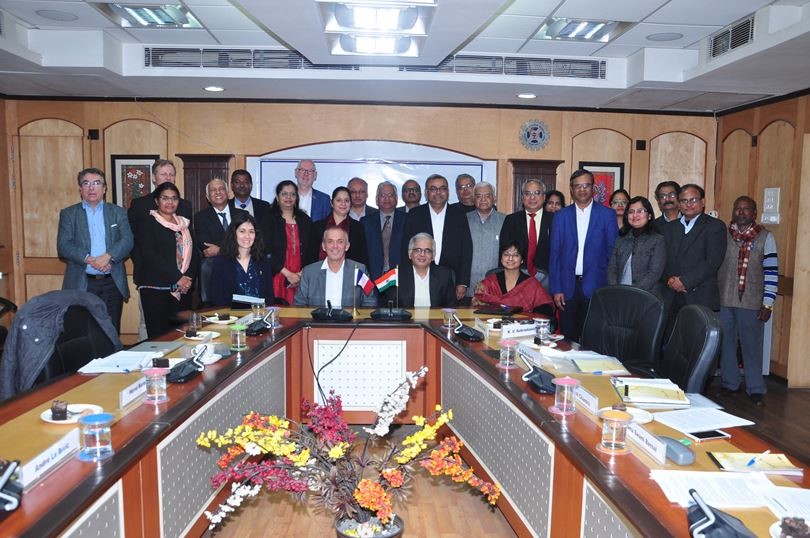
Electrostatic Disinfection Technology Transferred for Commercialization
- News
- 2.9K
CSIR-Central Scientific Instruments Organisation (CSIR-CSIO), Chandigarh, has designed and developed an innovative technology for effective disinfection and sanitization to fight with corona pandemic.
CSIR-CSIO has transferred this technology to a Nagpur-based company, Rite Water Solutions Pvt. Ltd., for commercialization and large-scale production. This technology has been found very efficient and effective to stop the spread of coronavirus and pathogens, say CSIR-CSIO scientists.
The electrostatic Disinfection Machine is developed based on the electrostatic principle. It produces a uniform and fine spray droplets of disinfectants in the size range of 10-20 micrometers to kill microorganisms and viruses.
Due to the small size of droplets, the surface area of spray droplets increases thereby enhancing the interaction with harmful microorganisms and coronavirus. The machine uses very less disinfection material as compared to conventional methods, which helps to save natural resources with a negligible increase in chemical waste in the environment.
“Charged droplets emitted from the disinfection machine can cover the directly exposed and obscured surfaces uniformly with increased efficiency and efficacy and the disinfectant reaches to any hidden areas of the target, where there is a maximum possibility to find the viruses. Therefore, it kills or inhibits the growth of pathogens very effectively”, said Dr. Manoj K. Patel, Senior Scientist, and Innovator of the technology.
The technology transfer agreement was signed by Abhijeet Gaan, Director, Rite Water Solutions Pvt. Ltd., and Dr. Surender Singh Saini, Head, Business Initiatives & Project Planning at CSIR-CSIO, Chandigarh. A technology transfer event was held through video conferencing between both parties. Dr. Sanjay Kumar, Director, CSIR-CSIO, and other departmental heads were also present during the event.
“We have come up with this innovative concept of electrostatic spraying for disinfection and sanitization of public places especially hospitals, poultry, trains and buses, airports and airplanes, offices, classrooms, and hotels. It contributes to a healthy lifestyle and healthcare of masses and directly linked to Swasth Bharat Mission of Government of India,” said Director, CSIR-CSIO Chandigarh.
“Various technologies of electrostatic spraying have been already transferred to industry for different industrial and societal applications such as electrostatic pesticides sprayer, electrostatic dust mitigation, and environment protection device, etc.”, said Dr. Surender Singh Saini.
If you liked this article, then please subscribe to our YouTube Channel for the latest Science & Tech news. You can also find us on Twitter & Facebook


